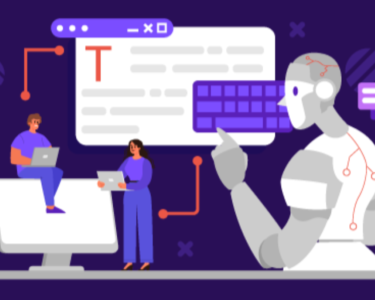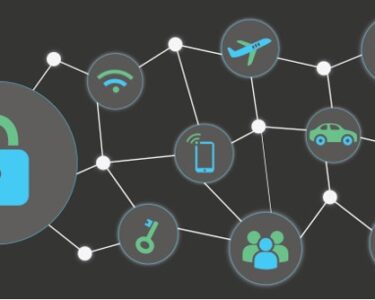
Remote Learning Technology
Remote learning technology encompasses a wide range of tools and platforms that enable individuals to access educational content and participate in online learning environments without the need for physical attendance at a traditional classroom setting. This technology has revolutionized education by making it more accessible, flexible, and adaptable to the needs of diverse learners.
Types of Remote Learning Technologies
Learning Management Systems (LMS)
LMSs are central platforms that organize and deliver course materials, assessments, and communication channels for both students and instructors. Popular LMSs include Canvas, Blackboard, and Moodle.
Video Conferencing Software
Video conferencing tools such as Zoom, Google Meet, and Microsoft Teams facilitate real-time communication and collaboration between students, teachers, and classmates. It allows for virtual class sessions, discussions, and group projects.
Interactive Whiteboards
Virtual whiteboards like Miro and Classkick provide a shared workspace where students can collaborate on projects, brainstorm ideas, and receive feedback from instructors.
Asynchronous Learning Tools
Asynchronous learning platforms such as Edpuzzle and Screencastify allow students to access pre-recorded lectures, presentations, and other materials on their own time. This flexibility allows learners to progress at their own pace.
Assessment Tools
Online assessment tools like Quizlet and Google Forms enable instructors to create, distribute, and grade quizzes, polls, and assignments remotely.
Benefits of Remote Learning Technology
- Increased Accessibility: Remote learning removes geographical barriers, making education accessible to individuals in remote areas or with limited mobility.
- Flexibility: Learners can study at their own pace and on their own schedule, accommodating busy work schedules or personal obligations.
- Personalized Learning: Technology allows for personalized learning paths, tailoring content and assessments to individual student needs.
- Cost-Effectiveness: Remote learning can be more cost-effective than traditional classroom обучение, eliminating transportation and campus-related expenses.
- Improved Collaboration: Virtual tools facilitate real-time collaboration, fostering communication and teamwork among students.
Challenges of Remote Learning Technology
- Digital Divide: Access to reliable internet and devices can be a barrier for some students, exacerbating educational disparities.
- Social Isolation: Remote learning can limit face-to-face interactions, which can impact students’ social and emotional development.
- Technical Issues: Unreliable internet connections, hardware problems, and software glitches can disrupt learning sessions.
- Self-Discipline: Learners need strong self-discipline to stay motivated and engaged without the structure of a traditional classroom setting.
- Assessment Challenges: Evaluating student learning accurately can be more challenging in a remote environment.
Key Considerations for Implementing Remote Learning Technology
- Access and Equity: Ensure that all students have access to necessary devices and internet connectivity.
- Instructional Design: Design courses specifically for remote delivery, considering the unique challenges and opportunities of online learning.
- Technical Support: Provide adequate technical support for students and instructors to mitigate technical issues.
- Student Engagement: Incorporate interactive elements, group discussions, and virtual social events to foster student engagement.
- Teacher Training: Provide training for instructors on effective remote teaching practices and the use of relevant technology.
Conclusion
Remote learning technology has transformed education, offering unprecedented access, flexibility, and adaptability. By addressing the challenges associated with remote learning and carefully implementing technological solutions, we can harness its potential to create equitable and engaging learning experiences for all students.


